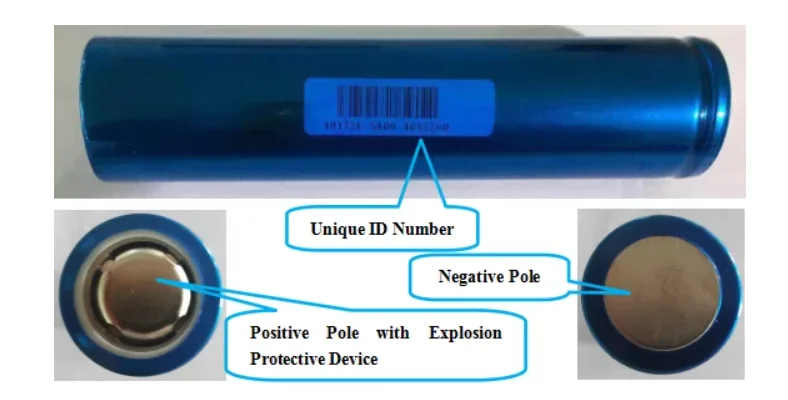What is the structure of the headway LFP battery?
The headway LFP battery is a commonly used battery in life, do you know the structure of the headway LFP battery? Here Xinghai Energy introduces you to what is a headway LFP battery and the structure of a headway LFP battery.
What is a headway LFP battery

The headway LFP battery is a headway lithium ion battery that uses lithium iron phosphate as the positive electrode material. headway LFP batteries are characterised by the absence of precious metal elements and in actual use, headway LFP batteries have advantages such as high temperature resistance, high stability, high cycle times and low price.
The structure of the headway LFP battery
1. Composite diaphragm
The diaphragm is one of the key internal structures of the battery cell. Its main functions are: to separate the positive and negative electrodes of the headway LFP battery to prevent the two electrodes from contacting and short-circuiting; to have the function of ion passage; and to block the current conduction in the battery through the closed pore function when the headway LFP battery overheats.
2. Electrolyte
The electrolyte is an important component of the headway LFP battery and acts as a bridge between the positive and negative electrodes to conduct ions.
3. Positive electrode
The headway LFP battery has an olivine structure with LiFePo4 as the positive electrode material and an electrolytic aluminium foil with a thickness of 10 - 20 microns as the conductive electrode fluid.
4. Negative electrode
The negative electrode of the headway LFP battery is graphite, or carbon with a graphite-like structure, and the conductive collector fluid is electrolytic copper foil of 7-15 microns thickness.
5. Battery metal casing
The headway LFP battery metal casing is divided into steel, aluminium, nickel-plated iron, aluminium-plastic film, etc. There is also a battery cap, which is also the positive and negative lead end of the headway LFP battery.















